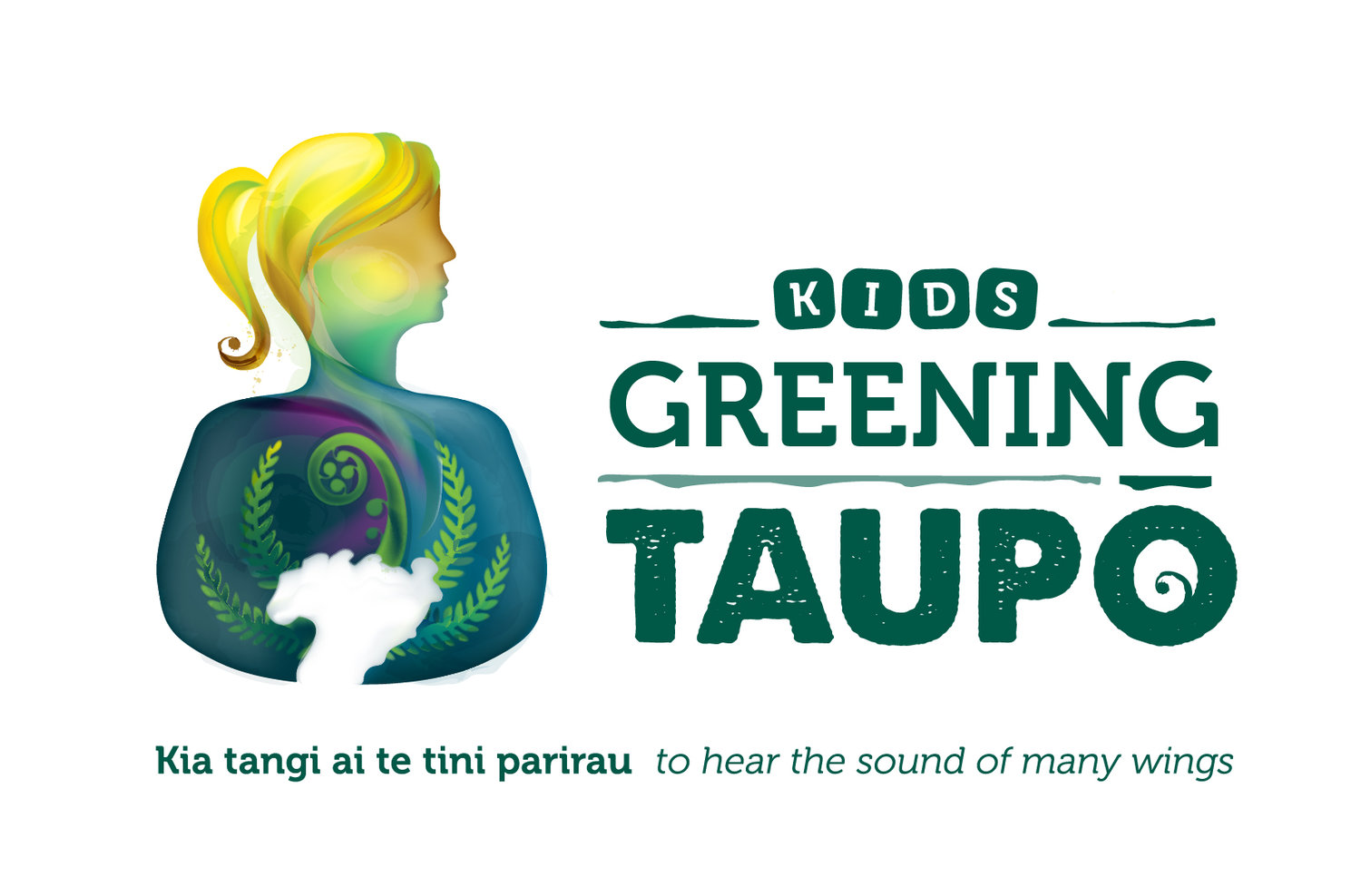Kiwi Forever
Can you spot the kiwi?
Our coordinators had a fun work day, joining the Kiwi Forever programme with Project Tongariro. They took the participants on a guided bush walk and talked about our special native flora and fauna. Everyone got to sample some young shoots of the Kōwaowao fern. Who would have thought it would taste so nutty! There were many examples of the plants used in rongoā Māori such as patē (seven finger) that contains compounds that can be used to treat fungal conditions like ringworm. We also learned which plants to avoid, like tutu. This plant is so toxic it caused the death of Mollie the elephant, who is buried in Ohakune, right by the spot that we were at!
Then, they joined the team from Department of Conservation - Tongariro to release a kiwi from Sanctuary Mountain Maungatautari into the national park. This was the first of 100 birds that are going to be released in this location this year as part of the successful Kōhanga Kiwi repopulation strategy. This strategy is aiming to increase the kiwi population by two percent every year. This kiwi is a Western Brown Kiwi and weighs over 1 kg, which is really important as it means it is big enough to fight off stoats. Stoats are very efficient predators of kiwi and they are responsible for killing large numbers of young birds. The Little Spotted Kiwi is the smallest of the five species and it never gets big enough to be considered ‘stoat-proof,’ so is only found on predator free islands or in fenced sanctuaries. Because kiwis are nocturnal animals they are calmer when transported during the daytime as they are sleepy, it also means that the transport time does not interrupt their feeding time. It was awesome to hear that Gaia, who runs the Kiwi Burrow at Wairakei Sanctuary and was releasing the kiwi, was once a participant in this programme as a teenager. It was also fantastic to see some of our current and past KGT student leaders on the programme this year. It was such a special day!













